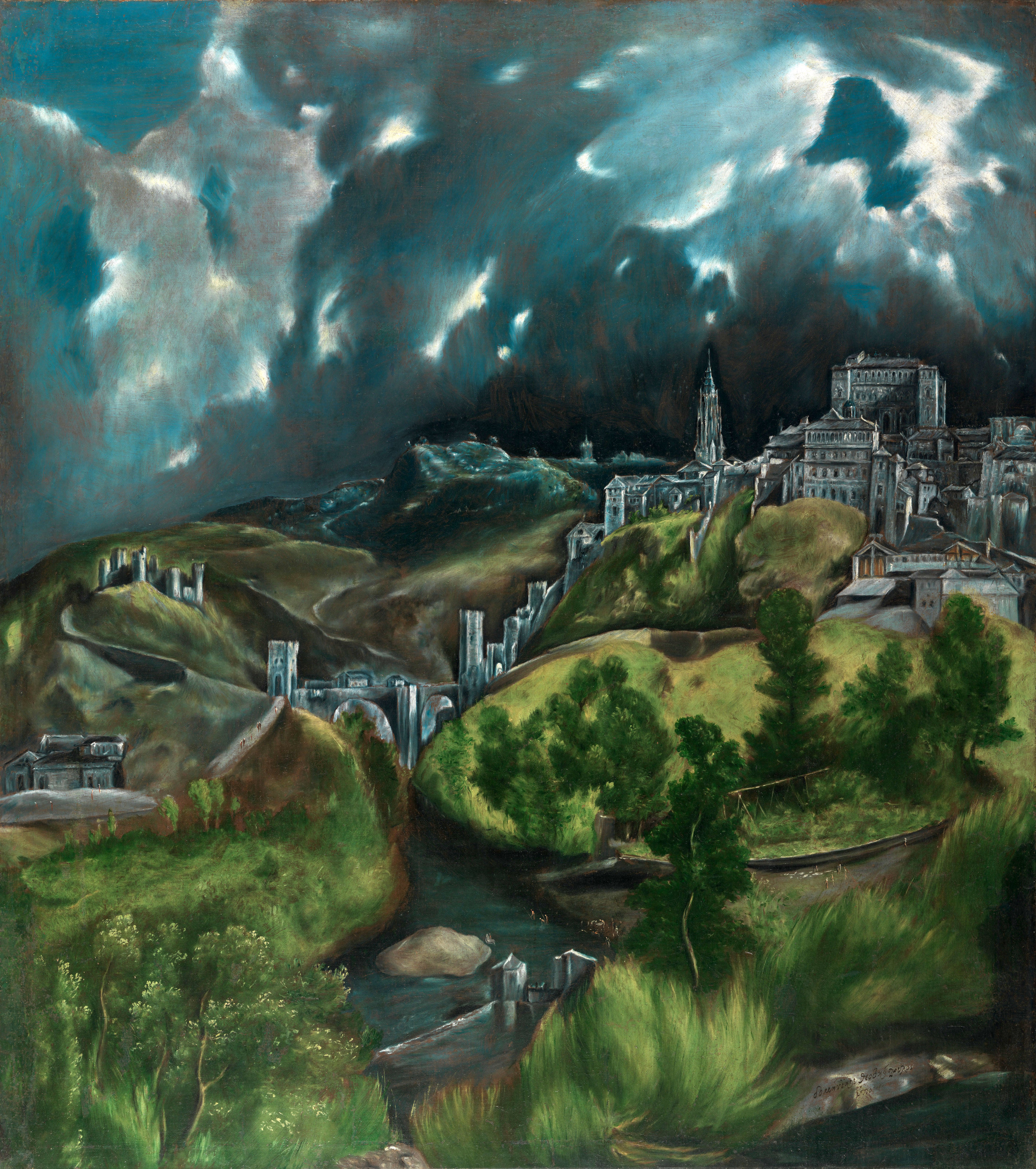
Fra Andrea Pozzo, Glorification of St. Ignatius, ceiling fresco in the nave of Sant' Ignazio, Rome, Italy, 1691-1694
The mural on the ceiling of Sant' Ignazio is a visually striking piece that captures many elements of the artistic view. The way the ceiling disappears into the heavens is an interesting element and is a realistic view of how the architecture carries on through the top of the building. Pozzo uses many scenes of saints and the divines to signify the importance of St. Ignatius and the glorification given to him by God.

Gianlorenzo Bernini, David, 1623, marble, 5'7" high
Bernini's David, unlike Michelangelo or Donatello's sculptures of David is the first example of David in the action of fighting the giant Goliath. In the other depictions David stands gazing at the upcoming scene. Bernini captures the action of the attack with a sense of grace. Bernini also covered David up so that this isn't a full nude statue like the depictions created by Michelangelo or Donatello. He captures the form of the body very well and the marble is so smooth that it almost appears that it would sink in like skin if touched.



